After the COVID-19 pandemic, food safety has become a significant concern for consumers. Tea is often affected by three types of factors, leading to potential harm to the body after consumption. These factors include physical, chemical, and biological aspects.
Examples of common hazards in tea include:
Physical: Foreign objects in tea, such as insects, feathers, metals, and stones.
Chemical: Pesticide residues.
Biological: Mold.
If tea leaves have white fuzz, it might be mold or the tender buds of the tea leaves. To distinguish between the two, lightly fan the leaves and sniff their aroma. If there is a musty smell (similar to that of an old cabinet), it indicates mold. You can also lightly rub the fuzz with your hands; if the white fuzz remains, it`s likely to be tender buds, but if it sticks to your hands, it is mold.
The reason why tender tea buds have white fuzz, known as trichomes, is for self-protection. The tender buds are fragile, and the fuzz helps to repel water and insects. When an insect tries to bite, it ends up with a mouthful of fuzz and is likely to give up on eating the tender leaves. The length of the trichomes varies with the season and the variety of tea. For example, tea leaves produced in summer and autumn often have more fuzz, and the Bai Lu (Taiwan Tea No. 17) variety has particularly long fuzz.
Tea leaves that have molded should not be consumed, regardless of their value. However, there are exceptions, such as Hunan Anhua dark tea, which is known for its “Golden Flower” fungus. When consuming such tea, it is recommended to wash the leaves several times with boiling water or boil the tea in a pot before drinking.
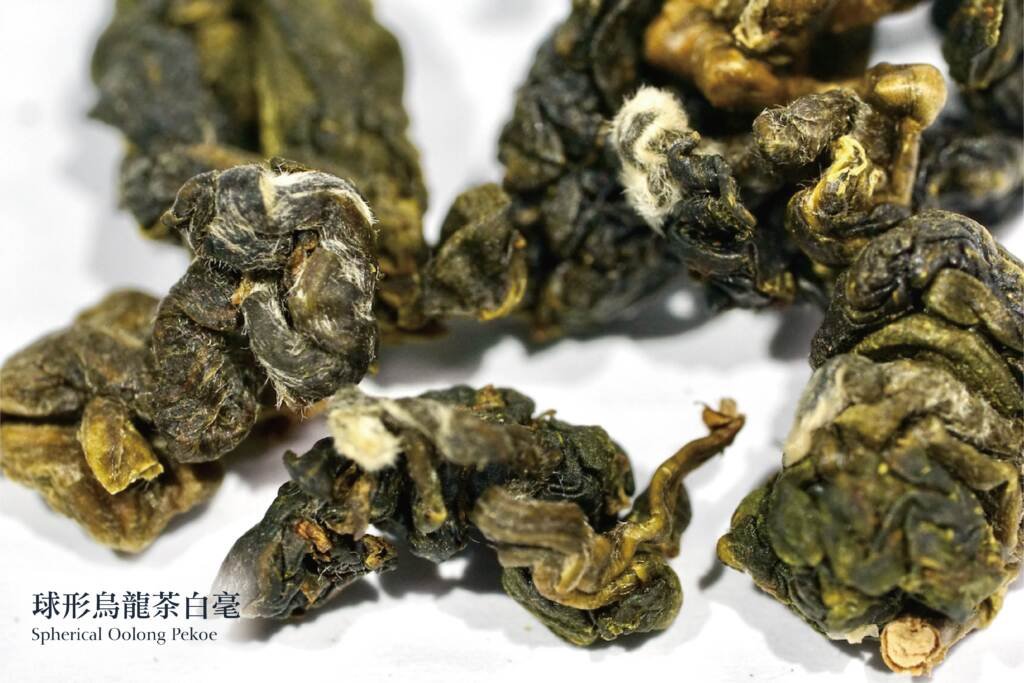

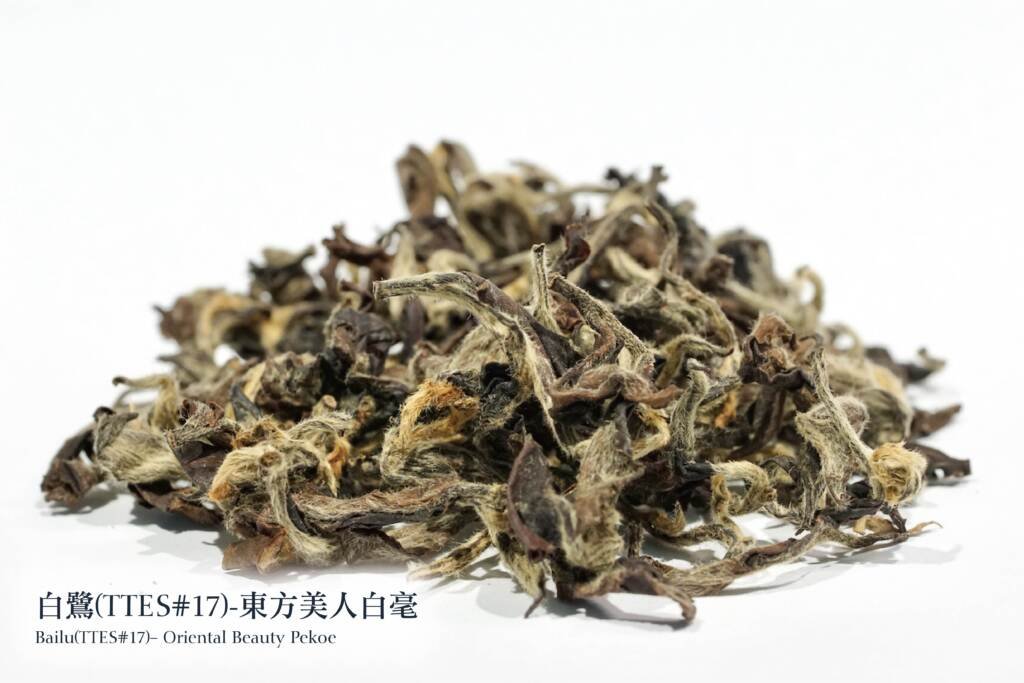
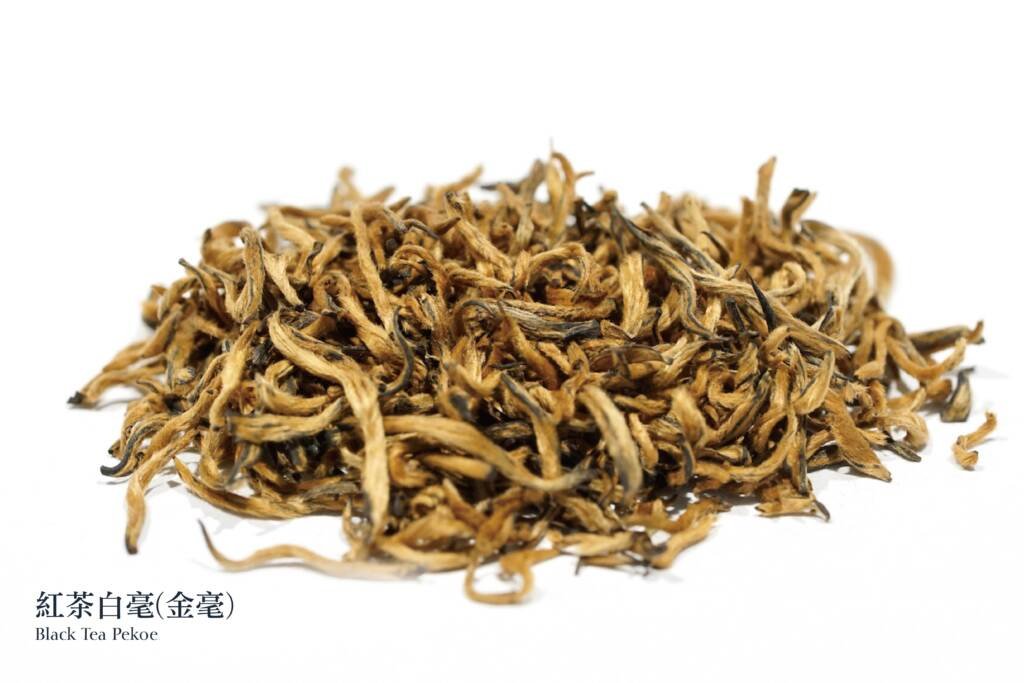
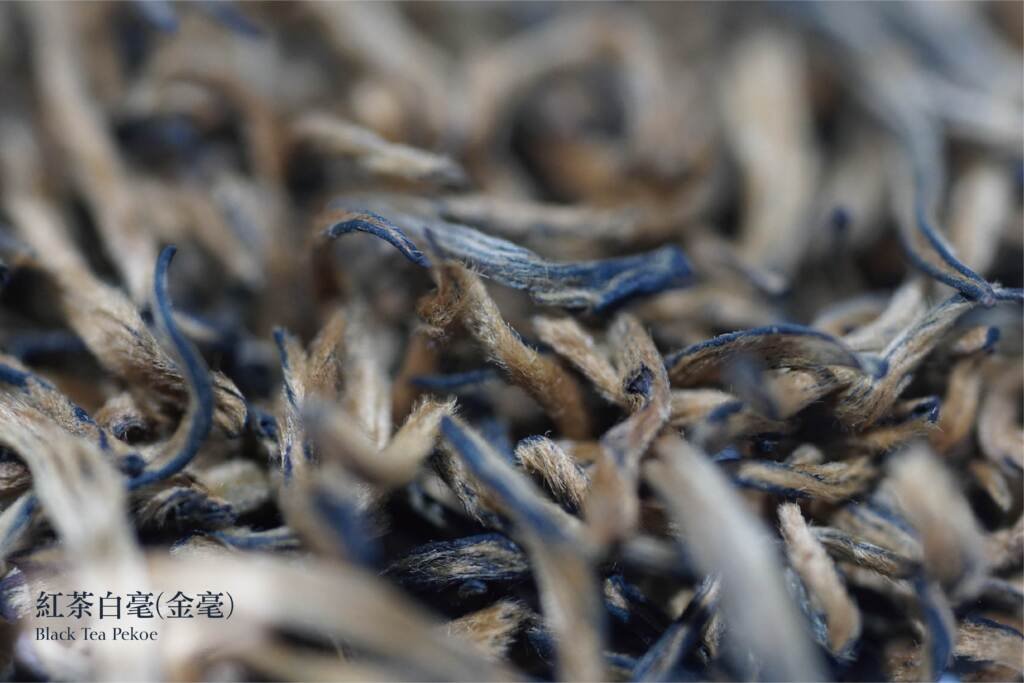

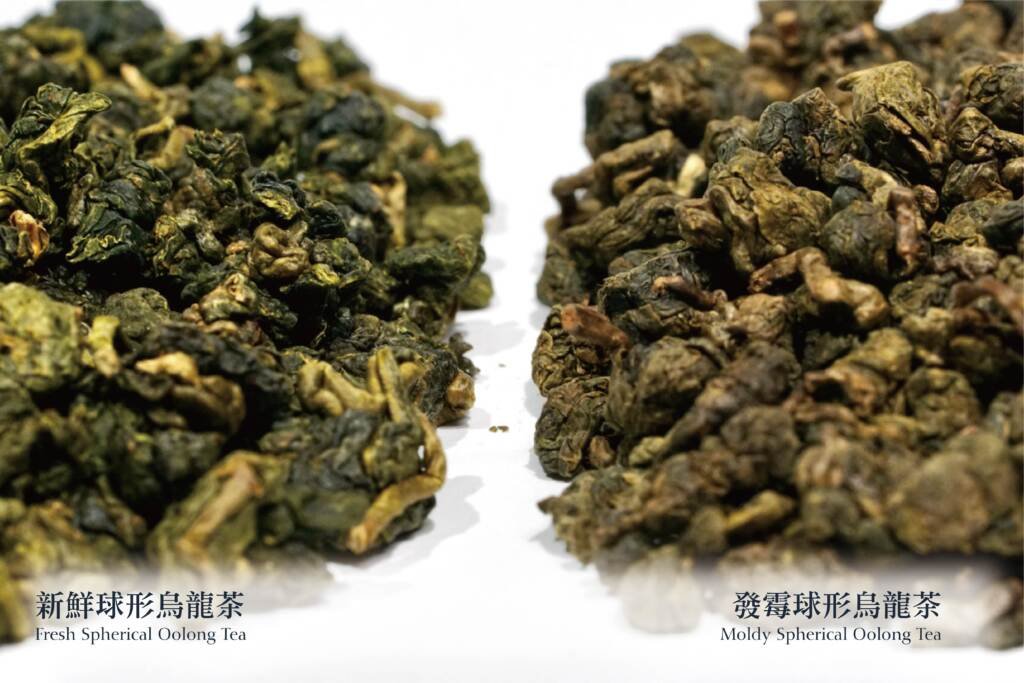


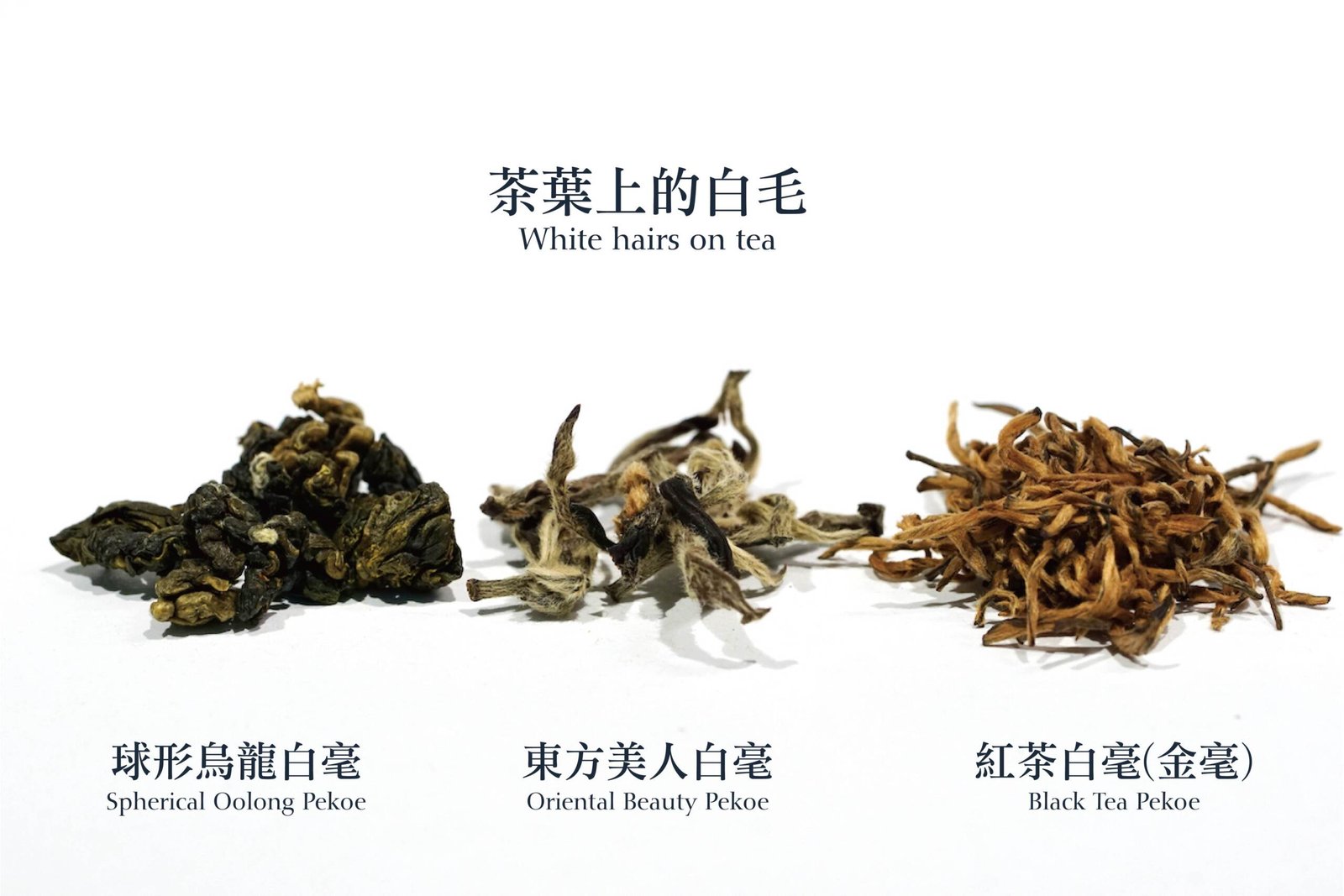
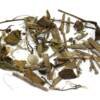

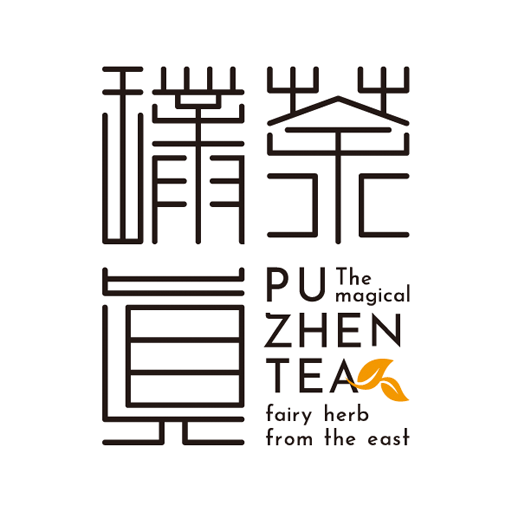
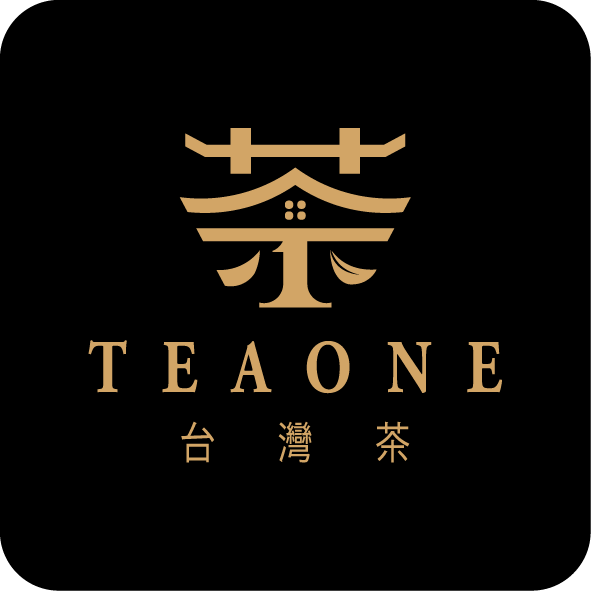

Leave a reply